
36th Annual National Girls & Women in Sports Day
by USA Field Hockey
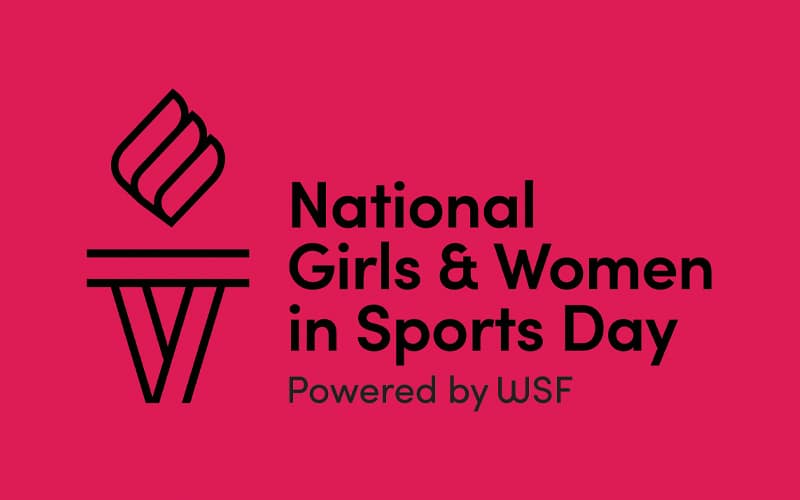
As institutions, organizations, and communities celebrate the 36th annual National Girls and Women in Sports Day, USA Field Hockey wants to reflect on the history that has led us to where we are today so that we can envision and act on where we are going in the future.
Women began to participate and seek out interest in sport on a greater level beginning in the late 1800s. One of the common societal beliefs about women were that those who physically exerted themselves, as well as engaging in intellectual activities such as education, were endangering their chances of having children and their overall health. Society feared that women were physically unable to exert the energy to do physical or intellectual activities. As society progressed, women began to take greater steps toward challenging those beliefs. An increase in women’s participation in sport coincided with the women’s suffrage movement.
Although sport can be traced back well over 2,000 years ago, women and sport have only been associated together in the last 150 years, and only in recent years has become more accepted by society. During the ancient Olympic Games dating back as far as 776 B.C., women were unable to compete, and few were able to attend and watch the events. The first modern Olympic Games took place in Athens, Greece in 1986, where no women competed in the Games. Four years later, there were 22 women, out of a total of 997 athletes, who competed in the Paris 1900 Olympic Games. Although this was one of the first major sporting events that women participated in, many people, even the women competing in the Games, were unaware of the women’s official participation. The 22 women competed in one of five sports: tennis, sailing, croquet, equestrianism, and golf. These sports were more socially acceptable for women to participate in because they were the country club sports. The women competed alongside other women in tennis and golf, and competed alongside men in sailing, croquet, and equestrianism.
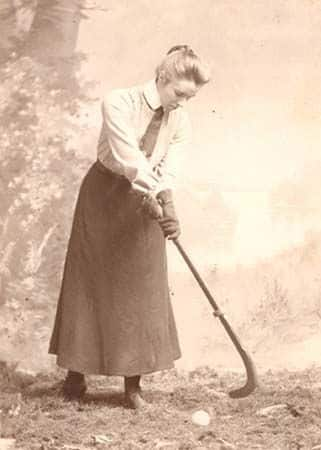 In 1901, an English woman named Constance Applebee, first introduced field hockey in the United States. Applebee was one of the first professional female physical educators, where she received her licensed from the British College of Physical Education in 1899. Applebee was an advocate for the game all her life and is the reason why field hockey exists the way it does today. In 1919, Congress passed the 19th Amendment, which was ratified in 1920, granting women the right to vote. This movement was geared by years of hard work fueled by thousands of women across the country, which ignited momentum for the women’s rights movement. Shortly after the passing of the 19th Amendment, women’s participation in sports began to steadily grow. In 1920, the first American field hockey team competed in its first international tournament in England. In 1922, Applebee co-founded the United States Field Hockey Association which was created to govern women’s field hockey. In 1928, the Field Hockey Association of America was founded to govern men’s field hockey. The associations later merged in 1993, forming the United States Field Hockey Association, now known as USA Field Hockey. In 1927, the International Federation of Women’s Field Hockey was founded to create organized international competition, specifically among the countries of the United States, England, Scotland, and Ireland.
In 1901, an English woman named Constance Applebee, first introduced field hockey in the United States. Applebee was one of the first professional female physical educators, where she received her licensed from the British College of Physical Education in 1899. Applebee was an advocate for the game all her life and is the reason why field hockey exists the way it does today. In 1919, Congress passed the 19th Amendment, which was ratified in 1920, granting women the right to vote. This movement was geared by years of hard work fueled by thousands of women across the country, which ignited momentum for the women’s rights movement. Shortly after the passing of the 19th Amendment, women’s participation in sports began to steadily grow. In 1920, the first American field hockey team competed in its first international tournament in England. In 1922, Applebee co-founded the United States Field Hockey Association which was created to govern women’s field hockey. In 1928, the Field Hockey Association of America was founded to govern men’s field hockey. The associations later merged in 1993, forming the United States Field Hockey Association, now known as USA Field Hockey. In 1927, the International Federation of Women’s Field Hockey was founded to create organized international competition, specifically among the countries of the United States, England, Scotland, and Ireland.
Women and girls’ growth in sport slowed down as the country went through the Great Depression but picked up speed again during the 1940s. During World War II, contributions were made by all to support the fight for freedom overseas. It was the first time in our nation’s history that women were free to join the military and leave their homemaker positions to fulfill those in the workforce. In 1943, Major League Baseball (MLB) wanted to fill the void that was left from cancelling the season due to the war and created the first ever women’s professional sports league, the All-American Girls Baseball League. When the war ended in 1945, the men returned home thinking that life would return to the way it was before the war, sending women back to their homes and leaving the professional sports world to the men, but they were wrong. When the war ended, women sought out ways to continue with their positions in the work force, on the athletic fields, and in society. Following WWII, organizations for women’s sports grew, including various types of intercollegiate and interscholastic competition. All competition during this time was unofficial and not sanctioned through the colleges and universities. In 1957, the official position statement of the Division for Girls and Women in Sports stated that women’s intercollegiate teams and competition may exist but were not favorable among institutions and organizations across the country. Women continued to fight for their right to play, have access, and receive the same support that is provided tothe men’s programs.
Regardless of the current state of play, one woman continued to defy all odds. Althea Gibson broke the barriers for women of color by becoming the first Black woman to win Wimbledon, the French Open and multiple U.S. Opens. In 1959, Gibson was deemed a professional tennis player, but it did not stop there. She continued to lead the way for women of color and became the first Black woman to compete in the women’s professional golf tours in the 1960s.
As the new decade approached, a revolution was on the horizon. The 1960s brought with it the Civil Rights Movement, a movement that ignited cultural shifts and defied social norms. Women continued to pave their way in sport and prove to the world that they belonged. In 1962, the U.S. Women’s Field Hockey Team competed with the world’s best, earning a 2-2 draw against England in front of an audience of 56,000 spectators at Wembley Stadium. In 1967, Katherine Switzer made her groundbreaking performance of running the Boston Marathon. She was the first woman to officially run in the all-male event. In 1973, Billie Jean King competed against Bobby Riggs in a tennis match known as the “Battle of the Sexes” at the Houston Astrodome. Riggs, a chauvinist who believed that women were inferior and couldn’t take the pressures and demands of an athlete, was defeated by King in front of 30,000 spectators and 50 million television viewers worldwide. Kings triumphal win was a one for women across the world.
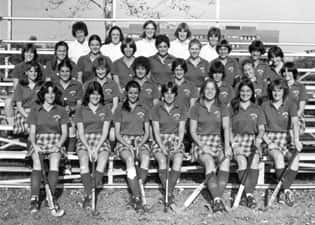 On June 23, 1972, Title IX of the Education Amendments was enacted into law by Congress. A law that would forever change the game of sport. “No person in the United States shall, on the basis of sex, be excluded from participation in, be denied the benefits of, or be subjected to discrimination under any education program or activity receiving Federal financial assistance.” Following the enactment of Title IX, there was a decline in dropout rates among girls and a rise in women who pursued degrees in higher education. In 1972, only 30,000 women competed in the NCAA as compared to the 170,000 men. Although change followed the passing of Title IX, change did not happen overnight. The NCAA, originally founded in 1906 to govern men’s football later evolved to govern college athletics, did not sanction its first women’s NCAA Championship until 1981. On November 22, 1981, the University of Connecticut defeated the University of Massachusetts Amherst in the first-ever women’s NCAA Field Hockey Championship, and the first women’s championship in all of NCAA history.
On June 23, 1972, Title IX of the Education Amendments was enacted into law by Congress. A law that would forever change the game of sport. “No person in the United States shall, on the basis of sex, be excluded from participation in, be denied the benefits of, or be subjected to discrimination under any education program or activity receiving Federal financial assistance.” Following the enactment of Title IX, there was a decline in dropout rates among girls and a rise in women who pursued degrees in higher education. In 1972, only 30,000 women competed in the NCAA as compared to the 170,000 men. Although change followed the passing of Title IX, change did not happen overnight. The NCAA, originally founded in 1906 to govern men’s football later evolved to govern college athletics, did not sanction its first women’s NCAA Championship until 1981. On November 22, 1981, the University of Connecticut defeated the University of Massachusetts Amherst in the first-ever women’s NCAA Field Hockey Championship, and the first women’s championship in all of NCAA history.
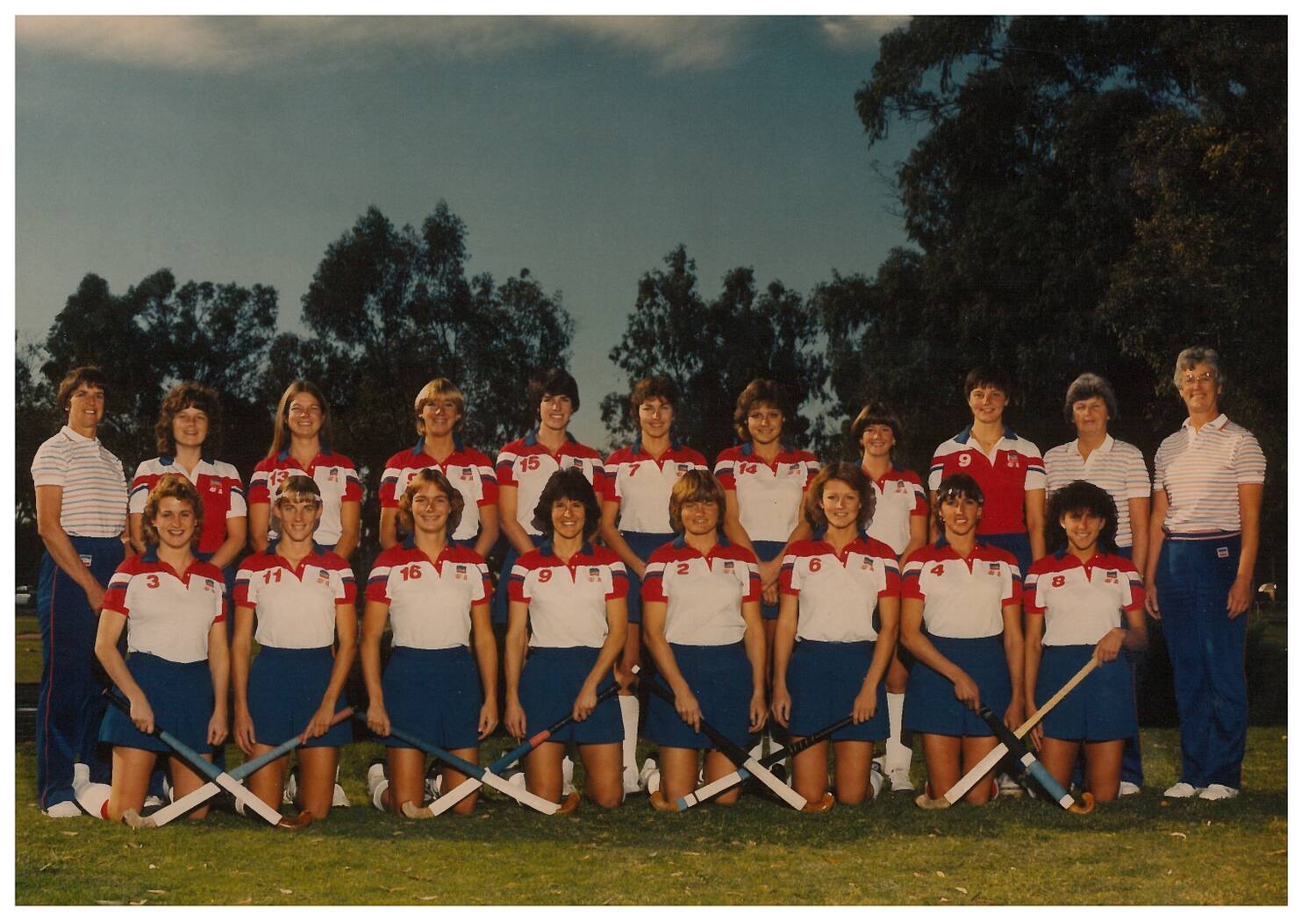 As opportunities for women in sport broadened at the national level, opportunities at the international stage shortly followed. In 1980, women’s field hockey officially became an Olympic event at the Moscow Olympic Games. Due to the United States’ boycott of those Summer Games, the American women did not compete in their first Olympic Games until 1984. The United States women competed in the Los Angeles 1984 Olympic Games and made no small feat for their first Olympic Games appearance. They defeated Australia to claim a bronze medal, the first and only Olympic Medal won by the U.S. Women’s National Field Hockey Team. The United States women continued to seek out training and competition at greater levels. In 2012, the American women achieved a historical milestone at the London Olympic Games by sending more women (269) than men (261) to compete.
As opportunities for women in sport broadened at the national level, opportunities at the international stage shortly followed. In 1980, women’s field hockey officially became an Olympic event at the Moscow Olympic Games. Due to the United States’ boycott of those Summer Games, the American women did not compete in their first Olympic Games until 1984. The United States women competed in the Los Angeles 1984 Olympic Games and made no small feat for their first Olympic Games appearance. They defeated Australia to claim a bronze medal, the first and only Olympic Medal won by the U.S. Women’s National Field Hockey Team. The United States women continued to seek out training and competition at greater levels. In 2012, the American women achieved a historical milestone at the London Olympic Games by sending more women (269) than men (261) to compete.
 USA Field Hockey welcomes all to join in on the celebration and recognition of the 36th anniversary of National Girls and Women in Sports Day, 50th anniversary of Title IX and 100th anniversary of USA Field Hockey. Today marks a day that USA Field Hockey remembers and honors the strong-willed trailblazers who built the foundation for girls and women in sport. USA Field Hockey celebrates the millions of girls and women who play, coach, officiate, watch, support and engage in sport. Today marks a day that we do not settle for where we are but pursue a world of sport where opportunity and accessibility is available and inclusive of all girls and women across the country.
USA Field Hockey welcomes all to join in on the celebration and recognition of the 36th anniversary of National Girls and Women in Sports Day, 50th anniversary of Title IX and 100th anniversary of USA Field Hockey. Today marks a day that USA Field Hockey remembers and honors the strong-willed trailblazers who built the foundation for girls and women in sport. USA Field Hockey celebrates the millions of girls and women who play, coach, officiate, watch, support and engage in sport. Today marks a day that we do not settle for where we are but pursue a world of sport where opportunity and accessibility is available and inclusive of all girls and women across the country.
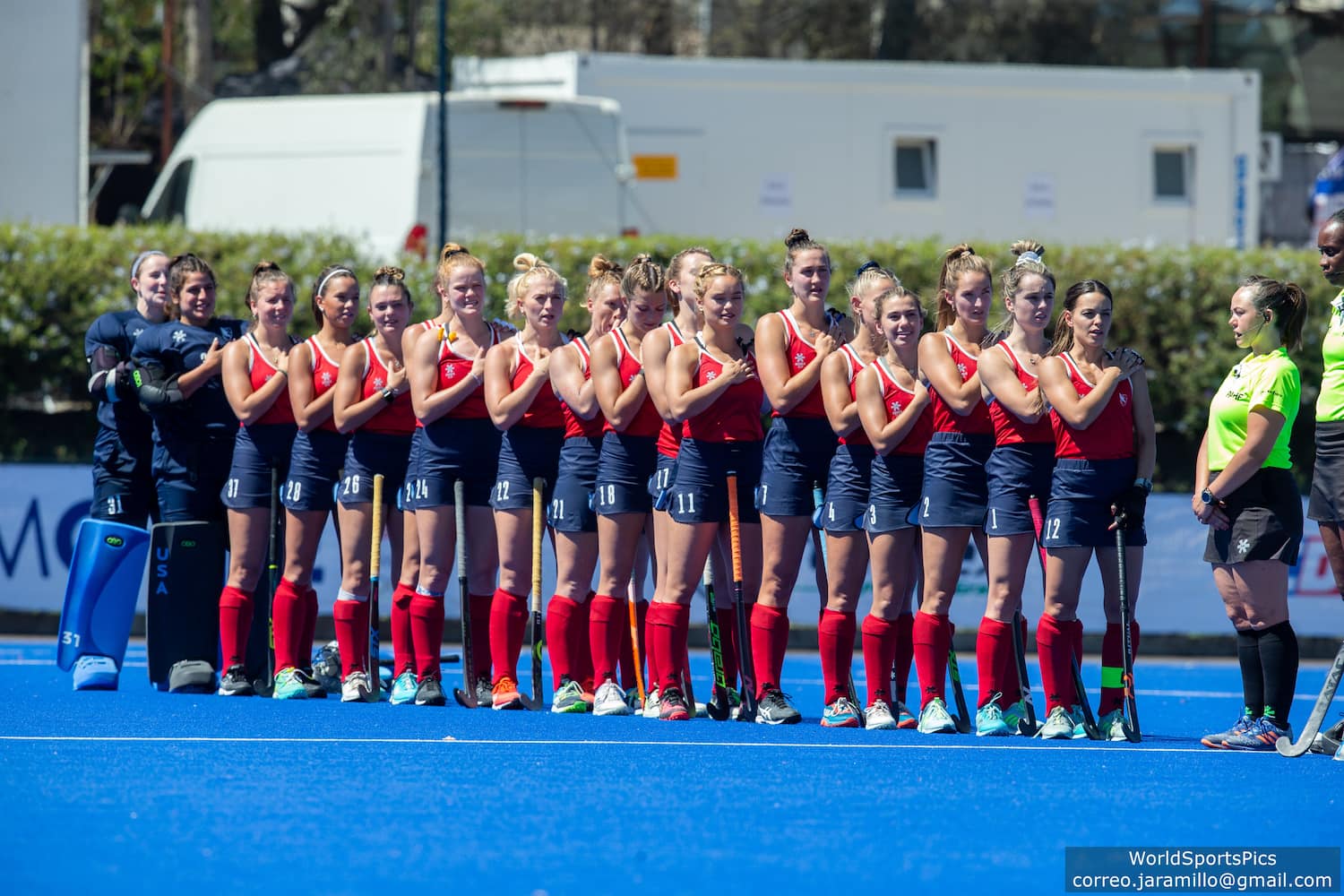
References
- A&E Television Networks. (2009, November 16). Title IX enacted. History.com. Retrieved February 2, 2022, from https://www.history.com/this-day-in-history/title-ix-enacted
- About NGWSD. Women's Sports Foundation. (2021, December 20). Retrieved February 2, 2022, from https://www.womenssportsfoundation.org/about-ngwsd/
- About. Team USA. (n.d.). Retrieved February 2, 2022, from https://www.teamusa.org/usa-field-hockey/about
- From banned to superstars, history of women in the Olympics. YWCA USA. (2021, August 3). Retrieved February 2, 2022, from https://www.ywca.org/blog/2021/08/03/from-banned-to-superstars-history-of-women-in-the-olympics/
- History of title IX. Women's Sports Foundation. (2021, July 19). Retrieved February 2, 2022, from https://www.womenssportsfoundation.org/advocacy/history-of-title-ix/
- A history of women in sport prior to title IX. The Sport Journal. (2016, October 12). Retrieved February 2, 2022, from https://thesportjournal.org/article/a-history-of-women-in-sport-prior-to-title-ix/
- History.com Editors. (2009, November 9). Althea Gibson. History.com. Retrieved February 2, 2022, from https://www.history.com/topics/black-history/althea-gibson
- Ioc. (2022, February 1). IOC Executive Board and Athletes' Commission discuss Beijing 2022 final preparations. International Olympic Committee. Retrieved February 2, 2022, from https://olympics.com/ioc
- Magazine, S. (2016, August 18). The rise of the modern sportswoman. Smithsonian.com. Retrieved February 2, 2022, from https://www.smithsonianmag.com/science-nature/rise-modern-sportswoman-180960174/
- USA field hockey - features, events, results. Team USA. (n.d.). Retrieved February 2, 2022, from https://www.teamusa.org/USA-Field-Hockey